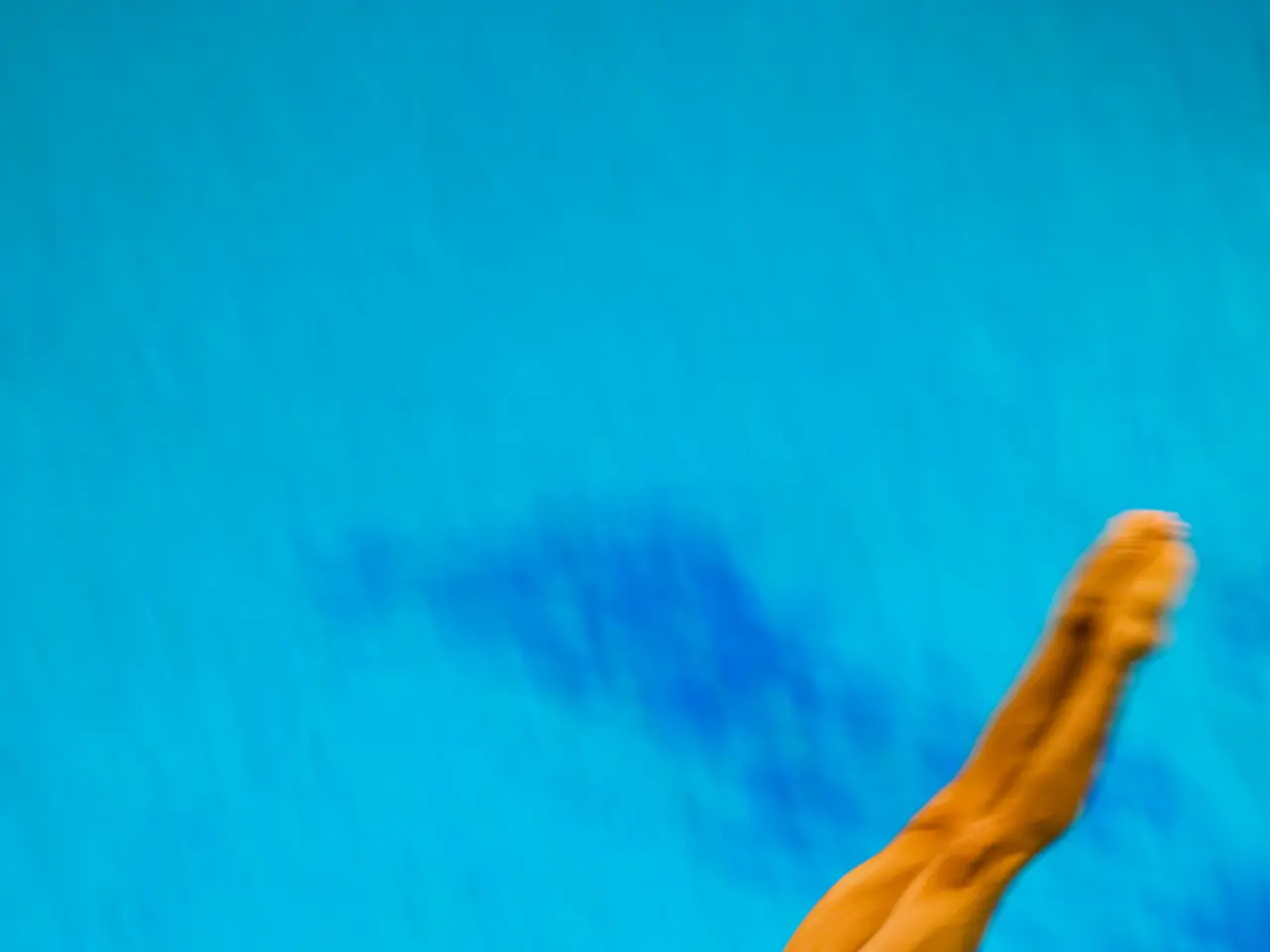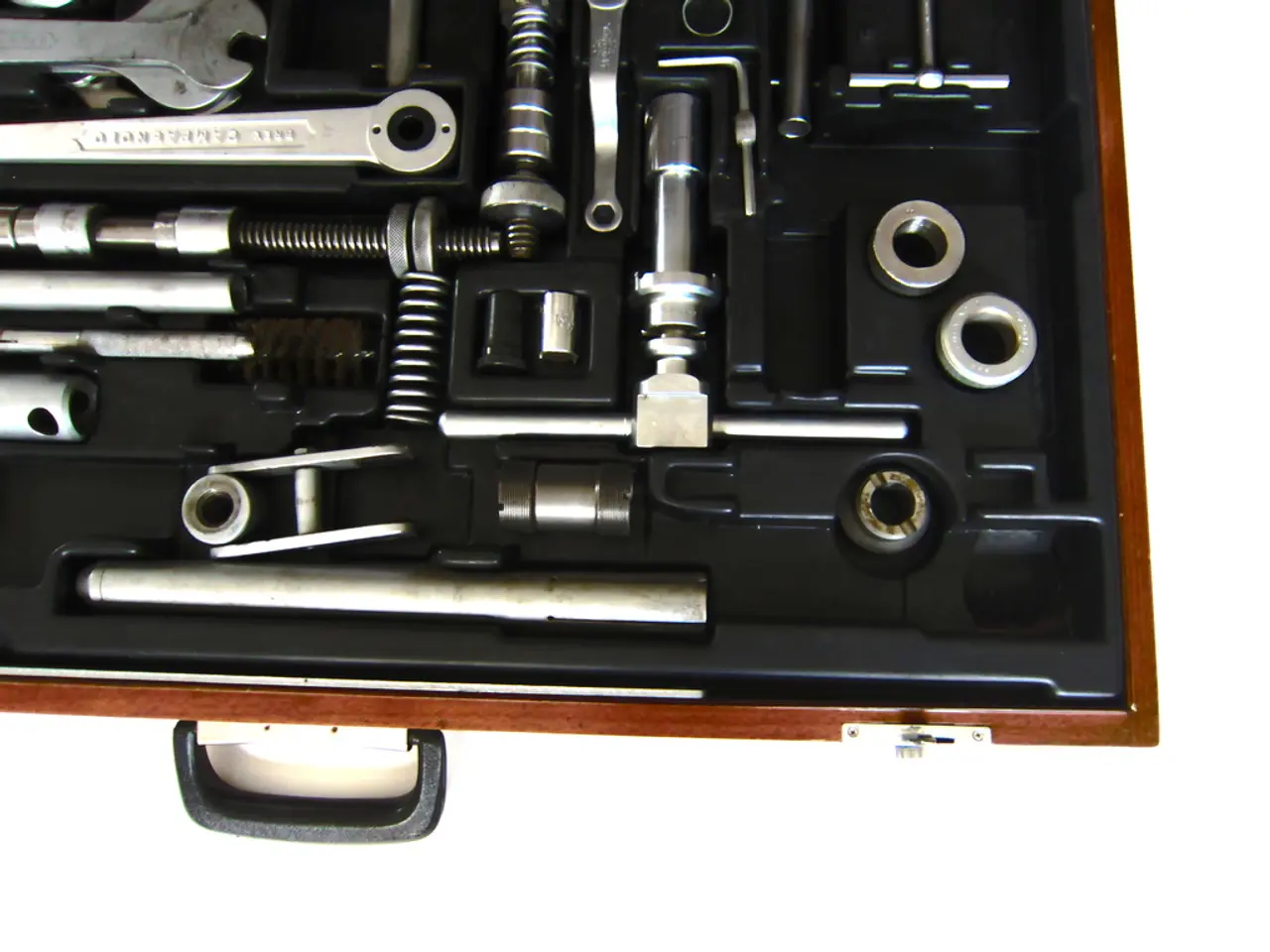Underwater Configuration for Canon EOS R5 Camera
The Canon EOS R5 is a powerful camera, boasting 8K internal RAW recording, 45 megapixel still images, 4K video at 120 fps, and 5-axis in-body image-stabilization. But when it comes to underwater photography, there are some key considerations to ensure optimal performance.
First and foremost, a high-quality underwater housing specifically designed for the EOS R5 is essential. The EDGE Pro Water Housing, for example, offers direct access to essential controls including the menu, power on/off, multi-controller (joystick) left and right, AF-ON, AE lock, AF point selection, erase button, playback, magnify, “Q” button, info, and quick control dials 1 and 2. The housing is designed for ergonomic operation, compactness, and durability underwater to allow full control of the camera's features without removing it from the housing.
Before the dive, customize your camera controls to suit your shooting style. Pre-assign frequently used functions such as ISO, white balance, and AF modes to custom buttons and the joystick for quick access underwater where changing settings on the fly can be challenging. Ensuring your housing's joystick is responsive and comfortably positioned is crucial for effective underwater use.
The EOS R5 has three dials for controlling shutter speed, aperture, and ISO. Tailor these to your shooting style underwater for quick exposure compensation or manual mode changes, especially as lighting underwater varies rapidly.
When it comes to video mode, the red SHOOT3 menu includes important features like picture profiles, log profiles, and custom white balance options. To set 4K video @ 120 fps, this setting needs to be adjusted in the main menu. In the SHOOT2 red panel, flash settings can be selected under "external speedlight control."
The AF Operation on the EOS R5 allows for selecting between continuous autofocus (AF Servo) and single autofocus (One Shot AF). In the AF3 panel, Case 2 is recommended for underwater photography as it ignores particles in the water. Changing subject detection to animals in the AF1 panel improves the camera's ability to find fish faces and eyes during autofocus tracking by 20-40%.
For those using fiber optic strobes, it’s recommended to avoid fixed connections at both ends of the fiber optic cable, allowing one end (preferably strobe end) to unplug easily to relieve strain and avoid breaking during handling or transport. Burping (removing tiny bubbles blocking light) the fiber optic connectors underwater and on descent improves strobe firing reliability.
Finally, it's important to format your memory card before the dive by going to the Set UP1 yellow panel and selecting "format card." To make sure the camera is updated with the latest firmware, go to the yellow SET UP5 panel in the menu and compare the current firmware version with the most recent one on Canon's website. The Q menu is important for general use of the EOS R5, as it includes settings that are likely to be changed frequently during a dive.
In brief, the combination of a professional underwater housing with customized camera controls and careful attention to fiber optic strobe cabling will optimize your Canon EOS R5 performance underwater. Adjust your dials and joystick presets before the dive for quick underwater control, and ensure your housing provides reliable tactile feedback on these controls.
- For underwater photography with the Canon EOS R5, a high-quality underwater housing, such as the EDGE Pro Water Housing, is essential for direct access to essential controls.
- Before the dive, customize your camera controls to suit your shooting style by pre-assigning frequently used functions like ISO, white balance, and AF modes to custom buttons and the joystick.
- Ensure your housing's joystick is responsive and comfortably positioned for effective underwater use, as changing settings on the fly can be challenging.
- Tailor the three dials for controlling shutter speed, aperture, and ISO on the EOS R5 for quick exposure compensation or manual mode changes, as lighting underwater varies rapidly.
- In the video mode, adjust settings like picture profiles, log profiles, and custom white balance options in the SHOOT3 red menu, and set 4K video @ 120 fps in the main menu.
- For those using fiber optic strobes, avoid fixed connections at both ends of the fiber optic cable, burp the fiber optic connectors underwater and on descent, and avoid strain by unplugging one end of the cable easily.
- Before the dive, format your memory card, update the camera's firmware to the latest version, and familiarize yourself with the Q menu for general use of the EOS R5 during a dive.




